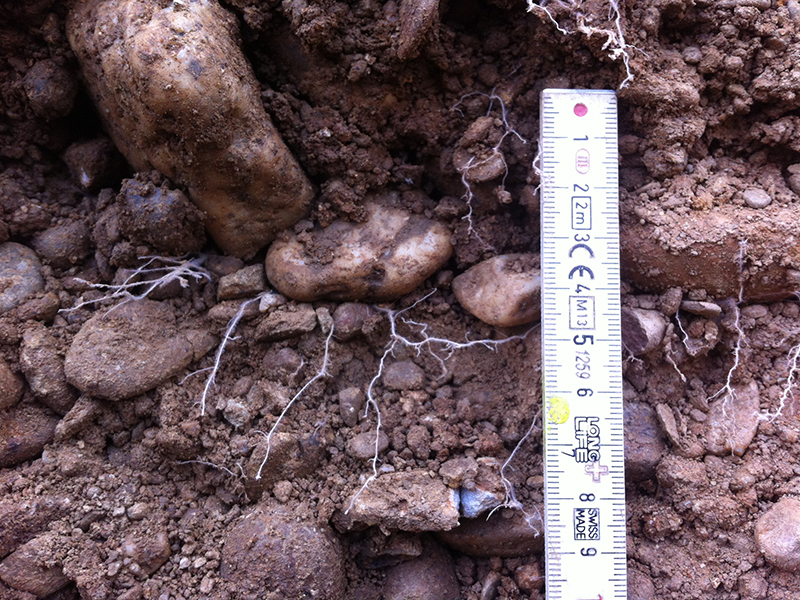Soil Science
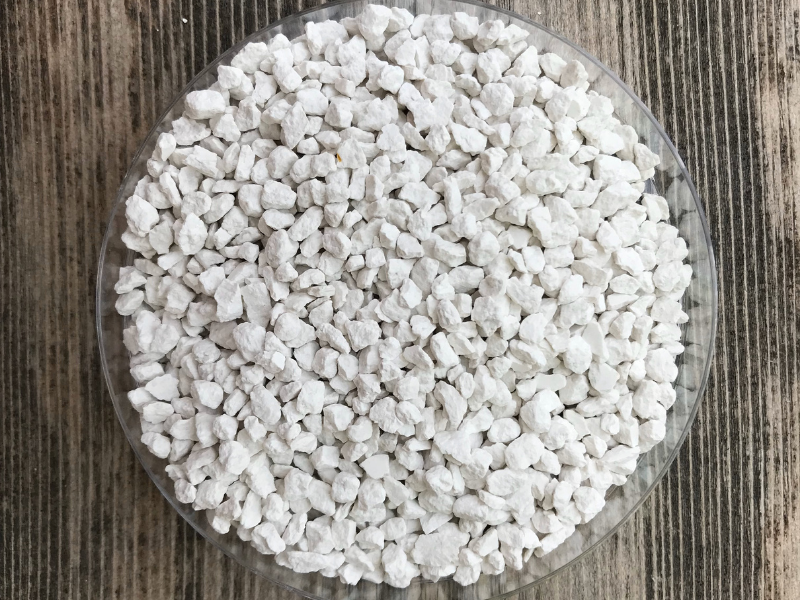
Studying new fertilizer options is the first step to getting farmers to eventually use them on their crops. A mineral called struvite has the potential to be an effective phosphorus fertilizer that may be considered organic.
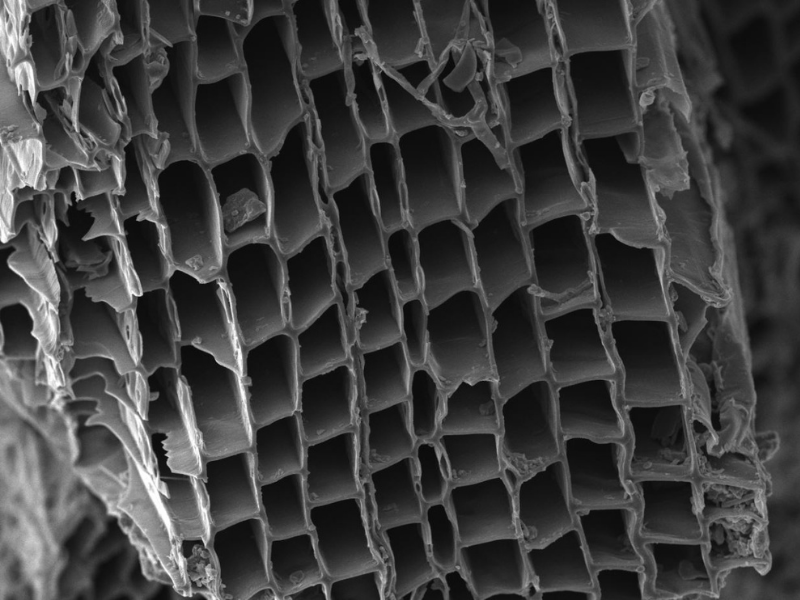
Biochar is similar to charcoal and can be added to soil with the goal of improving its quality. It can help increase nutrient and water retention. However, what happens in soil impacts fungi and plants that live there, and it is not always clear how they will react to biochar.
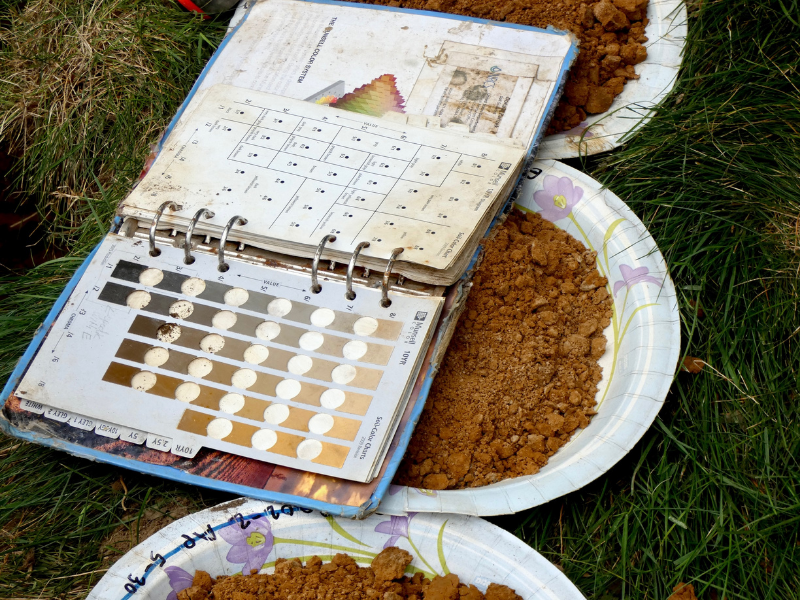
More than half the world’s population lives in urban areas. In the United States, more than 8 out of every 10 people are urbanites. Urban ecosystems often have less diverse animal and plant life compared to natural areas. But that’s not necessarily the case when it comes to microbes.
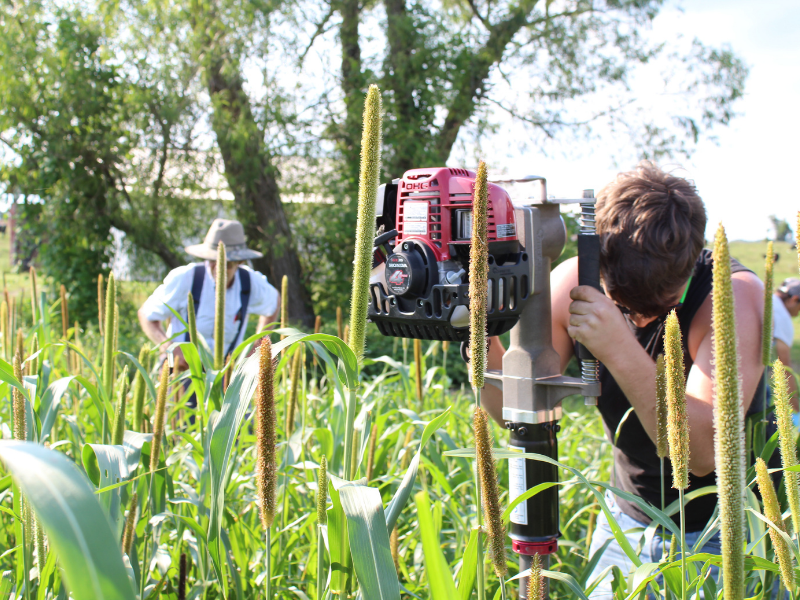
The soil is a vital foundation for most plant life. Our crops rely on this rich trove of nutrients and microbes to help turn sunlight into food. But we’ve learned over the last few decades that there can be too much of a good thing.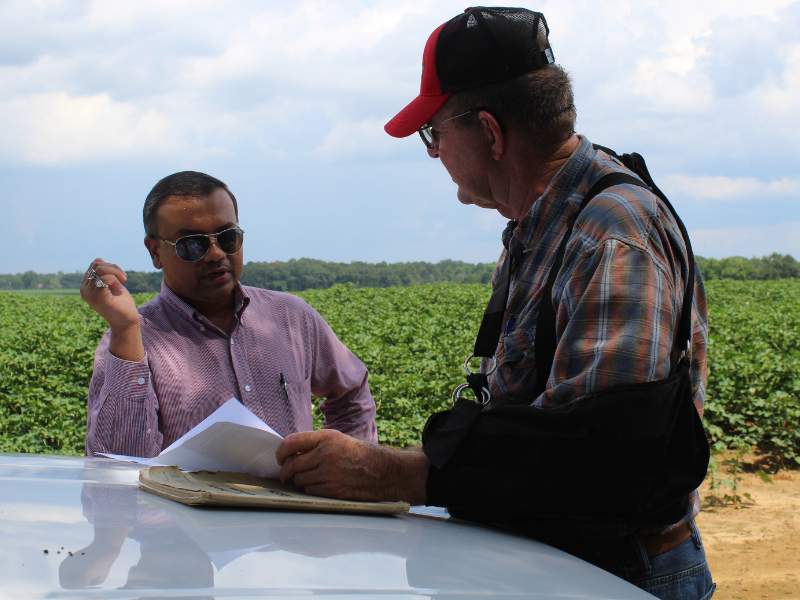
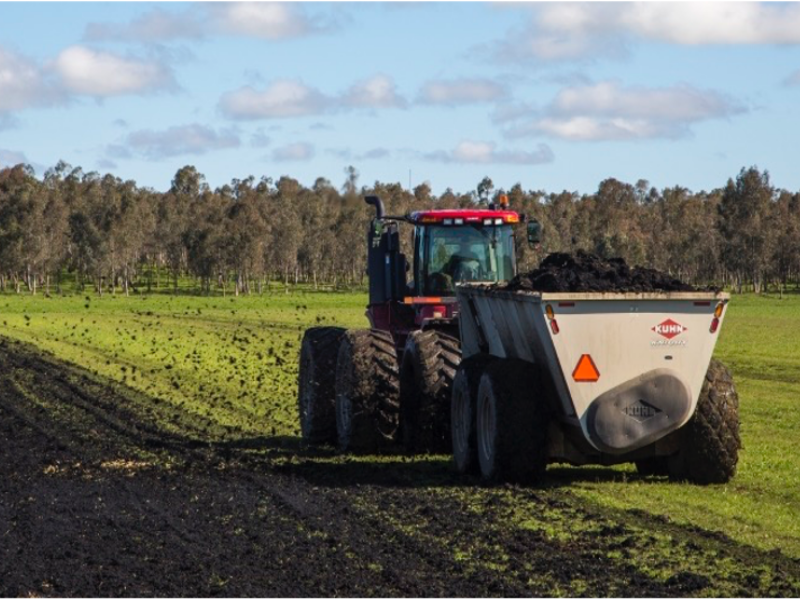
Many people do not know that human waste can be recycled to benefit the environment. After intense treatment, it can be applied to fields in the form of biosolids.

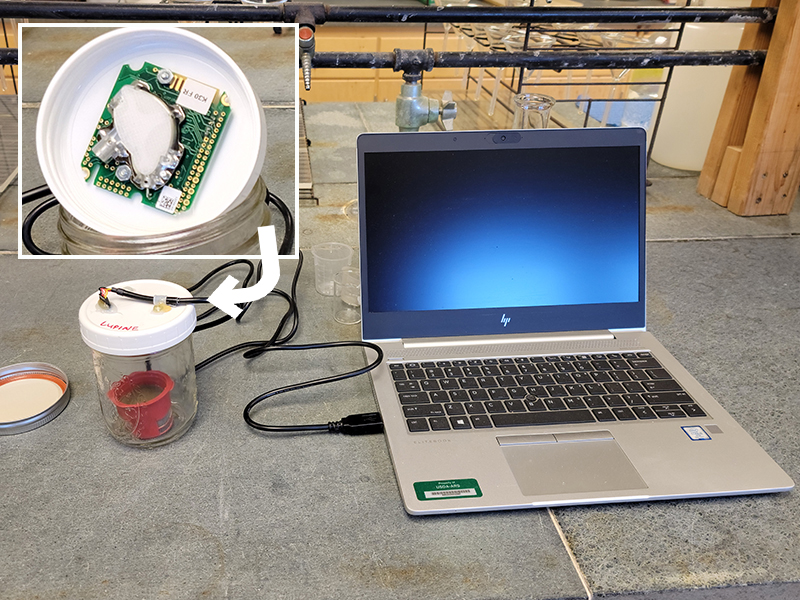
Healthy soils are a precious resource. They are vital for protecting ecosystems, maintaining water quality, producing crops, and mitigating climate change.
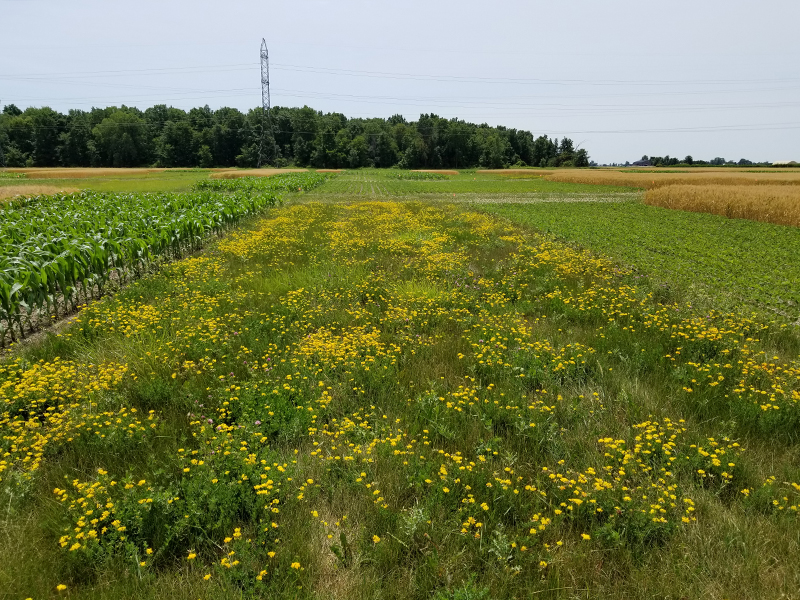
Soils, like people, can be healthy or unhealthy. We’ve recently learned how important the microbes inside our bodies are to human health. Likewise, soil health depends on a complex group of microbes. These bacteria and fungi recycle nutrients and prepare the soils to better support plants.

The amount of carbon in farm soils is important to farmers. Soils with high carbon contents tend to provide better yields. They also tend to have more resilience to weather-related crop failure. But measuring the amount of carbon in soil can be expensive and involve several steps. That can make it hard to collect this critical information in regions like sub-Saharan Africa.
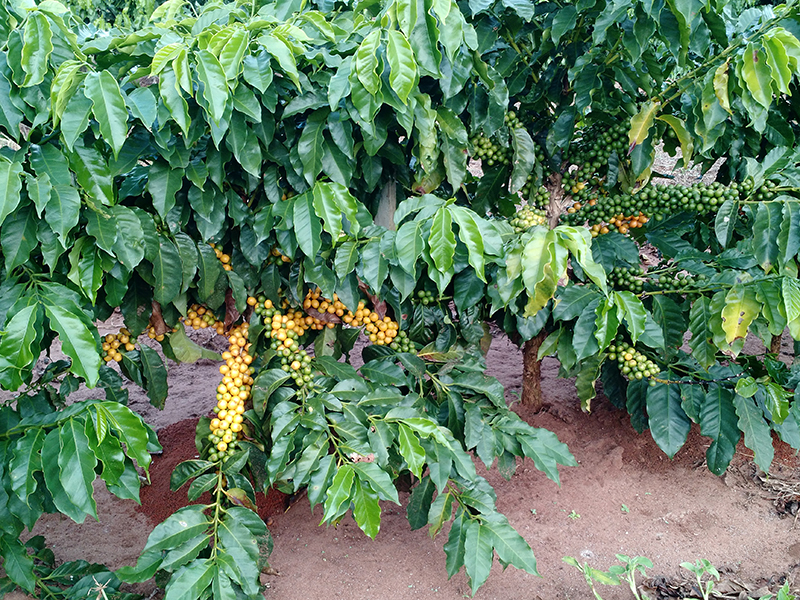
The perfect cup of morning coffee. Before you even purchase the beans at the store, many things must go right before that great-tasting coffee can be poured into your favorite mug. It starts in the soil where farmers grow the beans. For example, Brazil is the world’s biggest coffee producer, and the soils there can cause problems for coffee plants.

